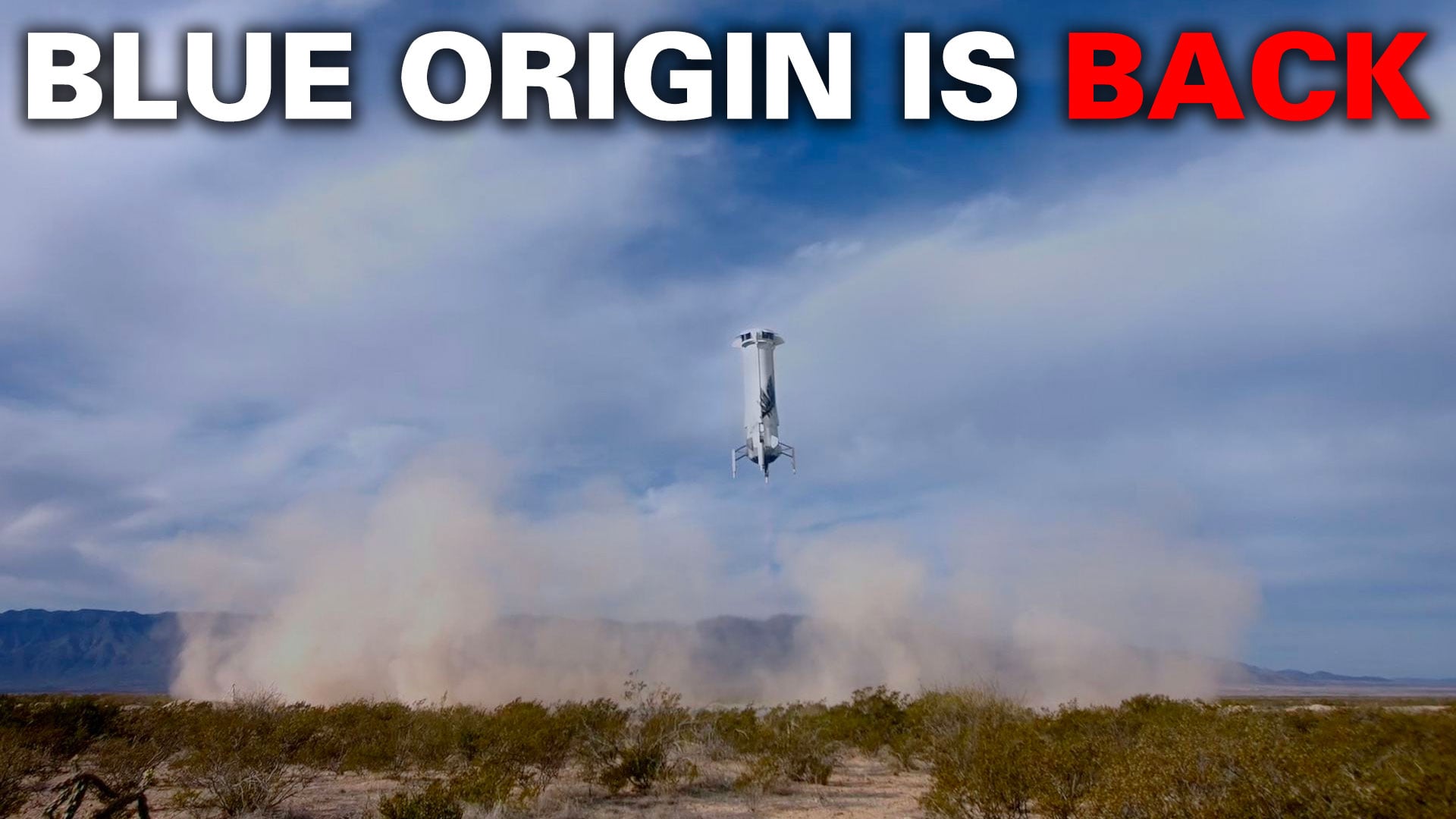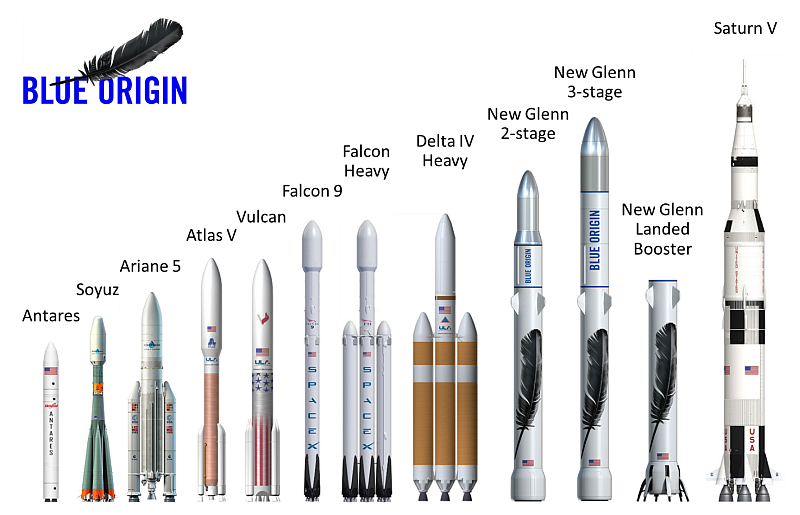Blue Origin's New Shepard rocket successfully launched and landed today at the company's Launch Site One in West Texas, with an uncrewed science and goodwill payload onboard. This was the 24th New Shepard flight and 13th payload mission today from Launch Site One in West Texas.
This marked the first flight since September of 2022 when the uncrewed NS-23's booster suffered an in-flight anomaly; however, the escape system jettisoned the capsule, which was able to land safely. With the success of NS-24, Blue Origin hopes to soon restart its commercial passenger flights.
"We look forward to flying our next crewed flight soon," said Erika Wagner, senior director of emerging market development for Blue Origin, at the end of the launch broadcast. Watch the liftoff and landing below.
Liftoff occurred at 10:43 Central Time, with the capsule reaching about 106 km (66 miles) at its highest point. The 33 science experiments on board experienced about three minutes of microgravity before the capsule safely touched down under three parachutes -- with a retrorocket to cushion the landing -- approximately 10 minutes after launch.
?s=20Loading tweet...
— View on Twitter
The rocket booster touched down vertically about seven minutes after launch, on a landing pad 3.2km north of the launch pad.
The first launch attempt for the mission was scrubbed on Monday due to a ground system issue. But today's countdown and launch went smoothly.
?s=20Loading tweet...
— View on Twitter
The payloads on board included research from NASA, academia, research institutions, and commercial companies, as well as student experiments from classrooms in Maine, New Mexico, and Kansas. New Origin said New Shepard has now flown more than 150 payloads to space. Also on board were about 38,000 postcards as part the company's Postcards to Space program. Each postcard will be returned to its creator stamped "Flown to Space." To send a postcard on future mission, see the company’s Club for the Future website.
"A special thank you to all of our customers who flew important science today and the students who contributed postcards to advance our future of living and working in space for the benefit of Earth," said Phil Joyce, Senior Vice President, New Shepard, in a press release. "Demand for New Shepard flights continues to grow and we're looking forward to increasing our flight cadence in 2024."
When will New Glenn fly?
Meanwhile, Blue Origin is hoping to finally deliver on their next big project, the massive New Glenn rocket which will be capable of bringing satellites and other large payloads to orbit and beyond. But the rocket is years behind schedule. Initially, Jeff Bezos said that New Glenn would be ready to launch by 2020, but the latest estimate is that the first launch is expected to take place no earlier than August 2024.
NASA and Blue Origin announced in February 2023 that the first launch of New Glenn will carry NASA's EscaPADE spacecraft to Mars. The Escape and Plasma Acceleration and Dynamics Explorers mission is a small planetary science mission that will use two spacecraft to measure plasma and magnetic fields around the Mars. With simultaneous observations from two locations in orbit, scientists hope to learn more about the processes that strip away atoms from the magnetosphere and upper atmosphere on the Red Planet.
New Glenn will reach a towering height of 95 meters (313 ft) which will dwarf any other commercially available vehicle. And it will be capable of delivering 45 metric tons, almost 100,000 pounds, into space.
But if New Glenn can't get off the ground by late 2024, it will miss the launch Mars launch window, and the mission will have to be delayed until 2026. Mars launch windows typically come every 26 months. ESCAPADE was originally scheduled to launch as a secondary payload NASA's Psyche mission which blasted off on a Falcon Heavy rocket in October, but NASA removed ESCAPADE from the launch because it would not provide the mission with the proper trajectory.
 Universe Today
Universe Today

